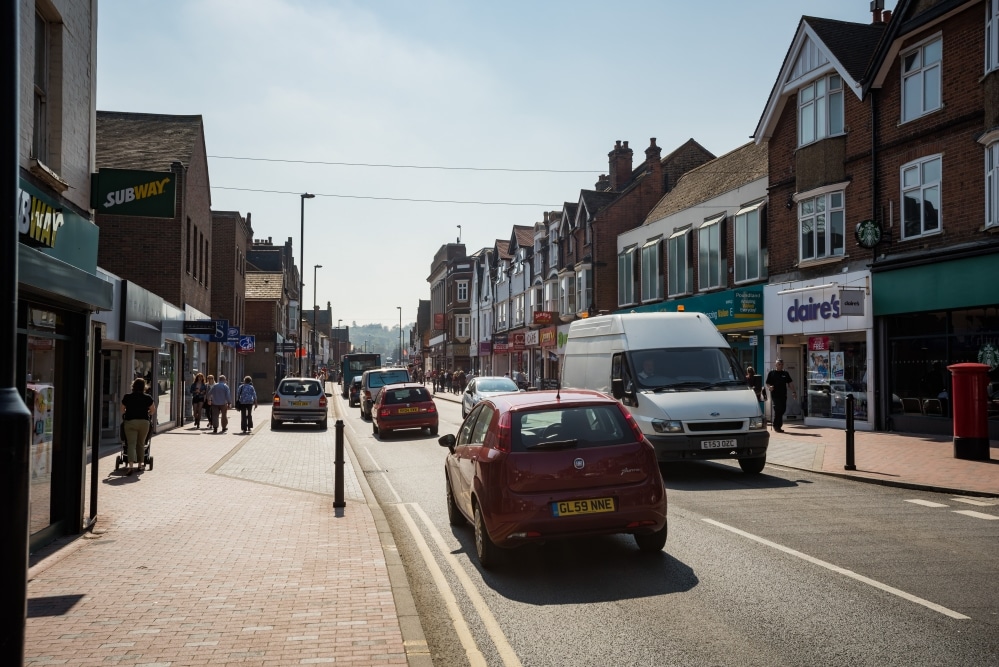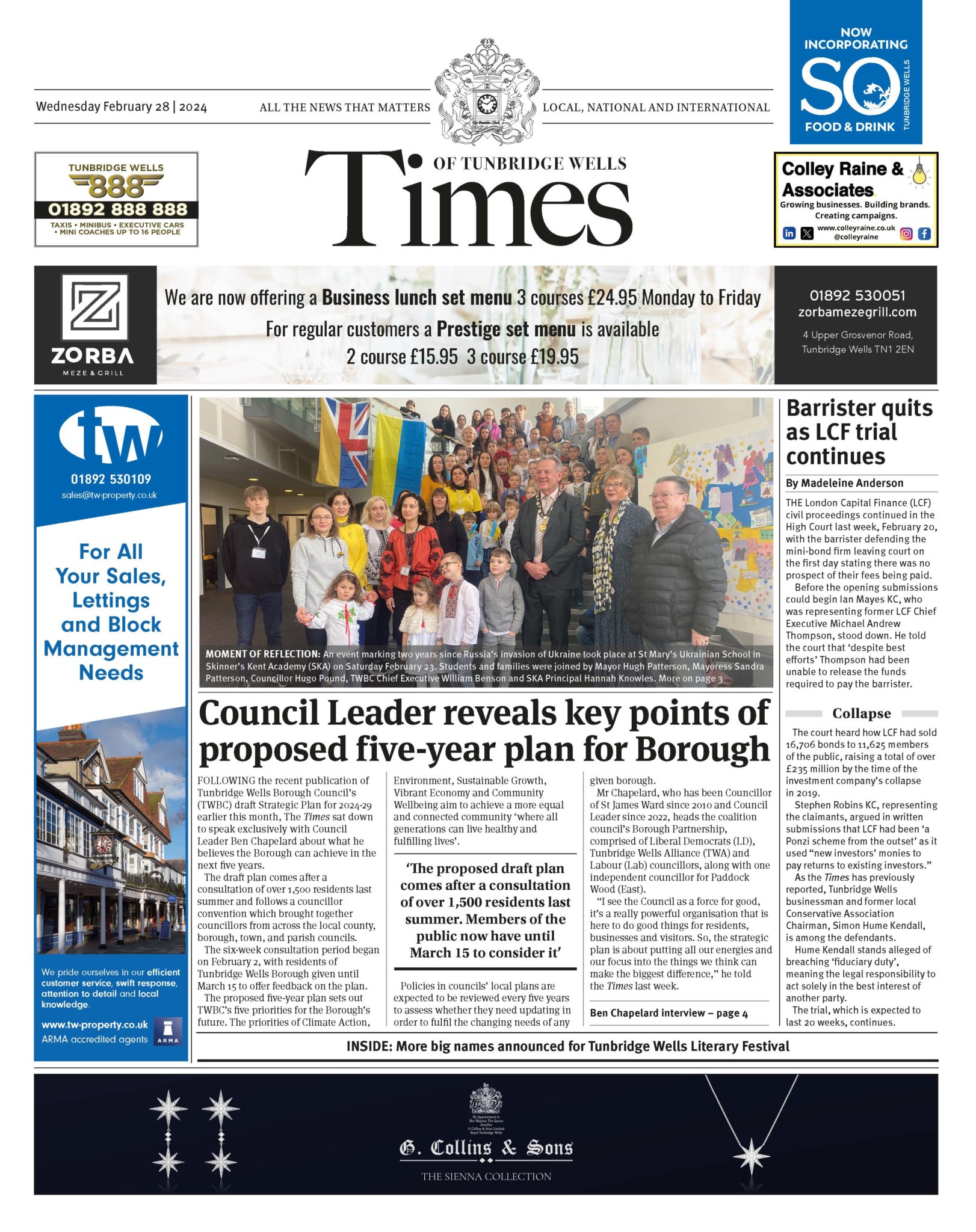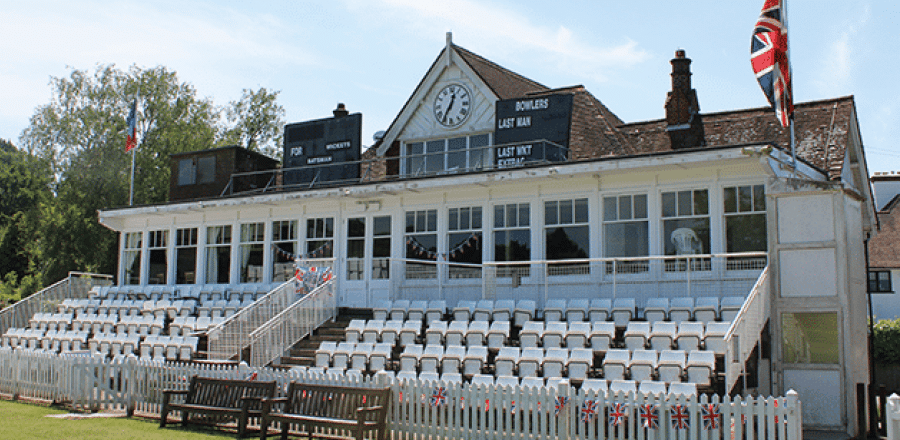The £1.05million purchase was entirely funded by contributions from companies building private housing in the area.
These ‘obligations’ come from Section 106 agreements under the Planning Act, requiring developers and local housing associations to put money back into the communities where they build.
The premises have been converted into six apartments – five one-bedroom flats and one with two bedrooms.
They will be used to help individuals and families who are making a formal application to the council to find a home.
The move will also help the local authority’s budget since it will reduce the high cost of current arrangements, such as bed-and-breakfasts.
There is a statutory requirement for the council’s Housing Service to find temporary accommodation for local people.
Currently it has found places for 24 households, and the number has ranged between 20 and 30 in recent years, with the length of stay varying from a few nights to several months.
TMBC issued a statement saying: “The council took the decision to purchase the property earlier this year following changes in legislation which are expected to result in a 50 per cent increase in demand for temporary accommodation.
“Until now, the council has relied predominantly on nightly paid accommodation from private providers, so the purchase of its own temporary accommodation will ensure a more reliable supply of properties and reduce long-term costs.”
The introduction of the Homelessness Reduction Act in April has placed greater responsibility on councils to prevent homelessness. TMBC believes this closer involvement could lead to a significant rise in demand for temporary accommodation.
It is also looking to purchase another property in the north of the borough for the same purpose.
At a full council meeting in July, the Leader Nicolas Heslop confirmed that TMBC had committed up to £1.6million for the two projects.
The developer contributions ‘have been accrued from various developments over recent years’.
Cllr Heslop said: “This is a positive move which will give us more options to help people who we have a duty to house temporarily.
“It will also reduce our reliance on nightly paid accommodation and consequently help to manage and reduce our costs.”
He added: “I’m very pleased that we have been able to use resources that the council has properly accrued from development in the borough to provide suitable homes that are fit for purpose for those who we need to help, and hope that some suitable accommodation in the north of the borough can also be identified.”
Those who are waiting for a decision on being housed are often forced to move away from their families and their children’s schools.
In May there were 32 households in temporary accommodation in Tonbridge & Malling, but less than a third of them were living in the borough – one was rehoused in Sheerness on the northern tip of the Isle of Sheppey.
There were 1,145 live applications for housing on the council’s waiting list – with 167 being allocated homes over the previous six months.
John Handley, Chief Executive of The Bridge Trust, a homeless charity in Tonbridge, said: “Section 106 contributions from developers need to be spent on affordable housing solutions, and given the number of people in temporary accommodation I think that this is a good step.”
“This is especially so as temporary accommodation tends to be in cheaper areas outside of towns or even relatively in the middle of nowhere.
“It is certainly outside of the support networks that people need like schools and transport links. So having accommodation in the town is a definite step forward.”
He added: “Putting people into temporary accommodation like bed-and-breakfasts costs a lot, and if the council could buy more property to do this themselves, I think they would. So it’s just a matter of finances.”
But he added a note of caution, saying: “Of course, there is never enough social housing or affordable private housing available.
“Whatever type of homelessness you try and address, ultimately we need more housing and that’s been the case forever.”
He pointed out that the scheme would not help those who are sleeping rough. “These are people that the council has a legal duty to house – such as families with dependent children.
“The council is referring to homeless people in priority need only. This won’t be for our type of clients – rough sleepers, ‘sofa surfers’ and the like.”
The Bridge Trust is one of many homeless charities who are facing funding problems, with contributions from Kent County Council likely to be reduced by 25 per cent.
It has already suffered a one-off £7,000 cut which meant the Trust had to give up one of its own dedicated flats.
Rob Marsh, Chief Executive of YMCA West Kent which has a base on Vale Rise, said: “Overall I warmly welcome this positive initiative, which can only help to meet real short-term needs that are highly likely to increase, and reduce running costs. Well done TMBC.”
But he warned: “We still need more affordable long-term housing for single people, couples and families and more funding for such -developments.
“We also need funding for preventing homelessness and then, if it occurs, for support to return to mainstream long-term affordable housing.”
Affordable housing promise
The new Local Plan, which is expected to be adopted in January, will require developers to provide a minimum of 40 per cent of affordable homes in the borough up to 2031.
Policy LP39 will impose the quota on qualifying schemes of 11 units or more, or those with a combined gross floor area over 1,000 square metres.
In May it emerged that only eight affordable family homes – of three or four bedrooms – have been built in the town in 2016-17.








